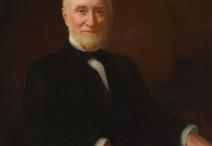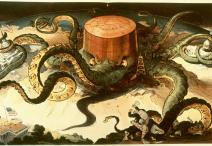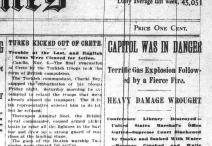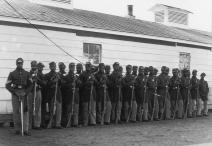Speaker Thomas B. Reed, by John Singer Sargent, 1891

Speaker Thomas B. Reed, by John Singer Sargent, 1891

Library of Congress, Harper’s Weekly, February 27, 1897
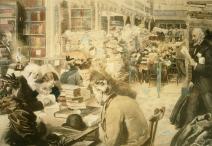
Library of Congress, Harper’s Weekly, February 27, 1897

After 1908, each member of Congress was entitled to at least one room as a personal office.

After 1908, each member of Congress was entitled to at least one room as a personal office.

South Carolina seceded from the Union in December 1860, followed by 10 other Southern states.
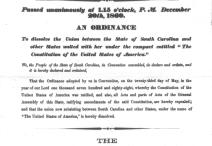
South Carolina seceded from the Union in December 1860, followed by 10 other Southern states.

